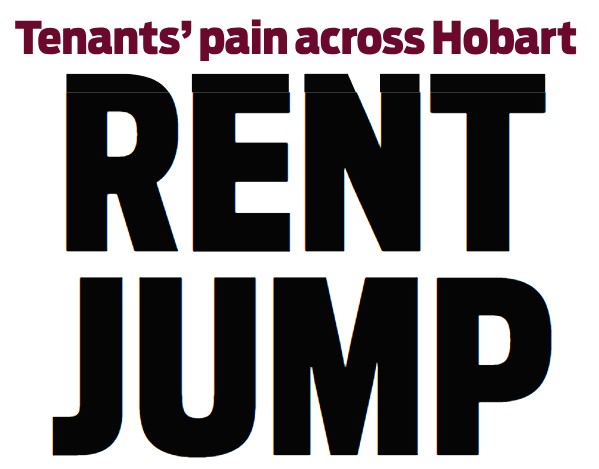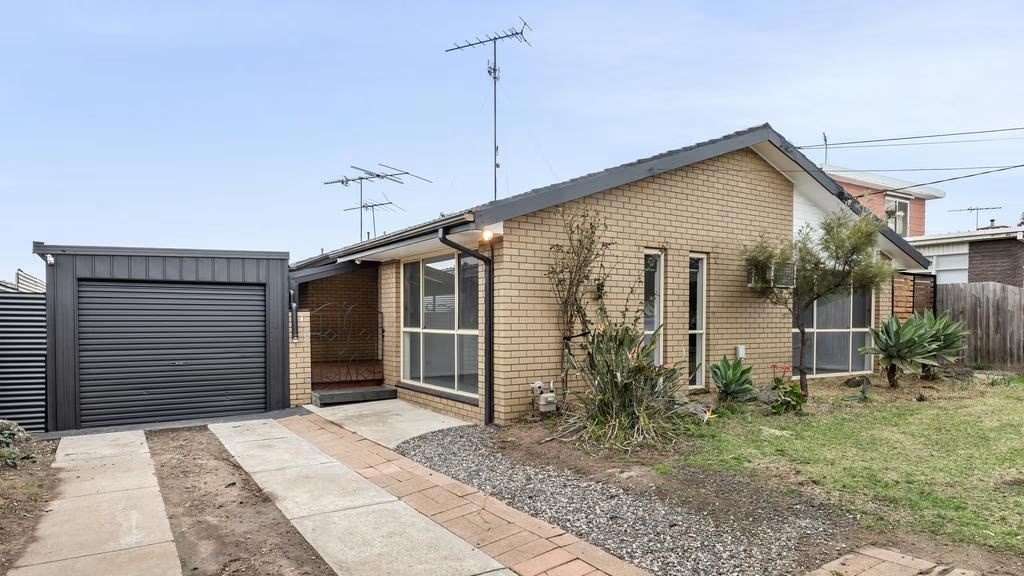Property shift grows as more first-home buyers become landlords
Mar 2025Karen Millers
Categories
Location ReportsMedia releasesNational market updatesPersonal advisersPIPA AdviserPIPA Annual Investor Sentiment SurveysPIPA Member ProfilesPIPA video updatesPIPA webinarsPodcastsProperty advisersProperty newsUncategorisedLatest Articles
The 10 “hottest” property markets around the nation revealed
TEA TREE GULLY : North Eastern Suburbs of Adelaide
Safeguarding Property Businesses Against Cyber Threats
Young purchasers sidelined as key buyer group returns to market
Growing numbers of home buyers are choosing to make their first property purchase an investment instead of a place to live themselves.
Some are “rentvestors” – buying where they can afford while living in a more expensive and desirable suburb – while others remain in their family home while their tenants help them repay their big mortgages.
Real estate specialists say the investor-first strategy can make good financial sense, but there are potential pitfalls around tax, deposit sizes and costs.
Rethink Residential director Mina O’Neill said the trend was largely driven by “affordability challenges in capital cities, making it difficult for buyers to secure properties in their preferred locations”.
She said figures from CoreLogic and the Australian Bureau of Statistics suggested the number of first-home buyers purchasing investment properties was rising, and recent surveys from Westpac and Mozo.com.au backed this up.
“An investing-first strategy can be a smart move, particularly for young people looking to get a foothold in the property market,” Ms O’Neill said.
“It allows them to enter the market earlier, build equity, and benefit from capital growth, all while maintaining flexibility in their lifestyle.”
Ms O’Neill said tax was a key issue, as investors could claim negative gearing and depreciation benefits, but also faced capital gains tax when selling. Owner-occupier properties were CGT-free when sold.
“Properties held for more than 12 months may qualify for a 50 per cent CGT discount,” she said.
Author, researcher and Property Investment Professionals of Australia board director Peter Koulizos said banks would often lend investors more money because tenants’ rent helped cover repayments.
“It can help them to get into the market, and to be able to buy a better property than if it was just their home,” he said.
“You could live at home rent-free while your asset is growing in value, but that option is not available to everyone. Your wealth is increasing every day and you don’t have to do anything about it.”
Mr Koulizos said deposit sizes were an issue, with owner-occupiers often able to borrow with a 5 per cent deposit while investors typically needed 10 per cent plus stamp duty, lenders mortgage insurance and other costs.
Mortgage Choice Lane Cove owner and broker Leanne Johnstone said about two-thirds of her discussions with first-home buyers examined both the owner-occupier and investor scenarios.

Advice is important for every property purchasing strategy. Picture: iStock
“The purchase price may be more affordable for someone to be able to buy a property interstate than where they are living at the moment,” she said.
“If they’re only paying a small amount of board to live at home, if they buy an investment property it definitely gives them a real kickstart in terms of being able to make extra payments towards the investment.”
A big drawback is that investors generally cannot benefit from federal and state first-home buyer incentives such as grants, stamp duty concessions and deposit assistance schemes.
“Under current rules, investing would normally preclude them from being eligible for any first-home buyer benefits that they may be eligible for,” Ms Johnstone said.
However, she expects the investment-first property trend to continue.
“It’s that whole psychological thing of being able to climb onto the property ladder, because for so many people now they say ‘I can’t ever see that I’m going to be able to afford to purchase a property in the capital city that I’m in’.”
Originally Published: Anthony Keane | The Daily Telegraph | 4 March 2025
“Licensed by Copyright Agency. You must not copy this work without permission.”




